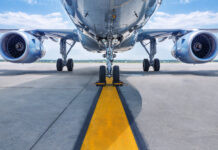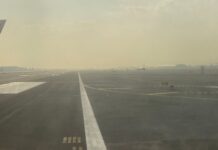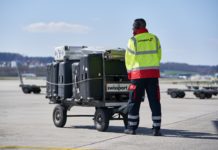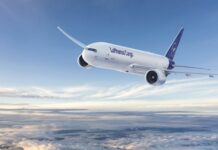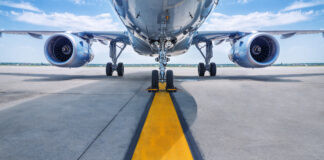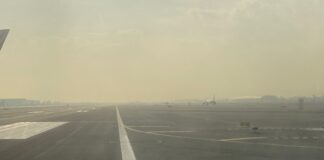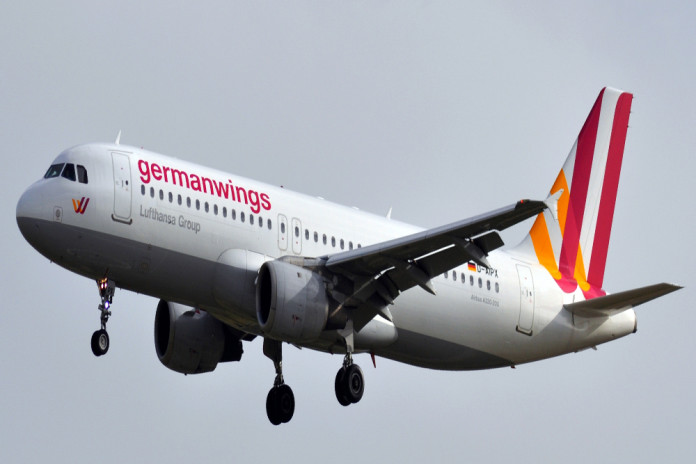

The global jet accident rate per one million flights increased to 0.32 in 2015 from 0.27 in 2014 but is improving in the long term, according to the International Air Transport Association (IATA) 2015 safety performance.
The jet hull loss rate for IATA members was 0.22 or one accident per 4.5 million flights, compared to 0.12 in 2014. In the five year period between 2010 and 2014, the rate was 0.46 per million in total. The association says though there were no jet passenger fatalities, there were two accidents resulting in loss of life, one freighter aircraft involved in a runway excursion in the Democratic Republic of Congo, with eight deaths. A passenger jet and air ambulance collided over Senegal, the wreckage of the latter has not been found and all seven on board are presumed dead.
IATA is not including the Germanwings 9525 loss in March, as that was pilot suicide, and Metrojet 9268, which was suspected terrorism, so are considered deliberate acts and not accidents.
IATA director general and chief executive officer, Tony Tyler says: “2015 was another year of contrasts when it comes to aviation’s safety performance. In terms of the number of fatal accidents, it was an extraordinarily safe year. And the long-term trend data show us that flying is getting ever safer.”
“Yet we were all shocked and horrified by two deliberate acts – the destruction of Germanwings 9525 and Metrojet 9268. While there are no easy solutions to the mental health and security issues that were exposed in these tragedies, aviation continues to work to minimise the risk that such events will happen again.”
The association says by region, all reduced jet hull loses except North America. Middle East – North Africa and North Asia registered no losses and North America increased from 0.13 to 0.32. Among turboprops, Middle East – North Africa, Latin America and the Caribbean, Europe and Commonwealth of Independent States registered no losses. North Asia saw losses increase to 25.2 per million, but as it represented about 80,000 flights out of 6.2 million, it looked worse than it was.

